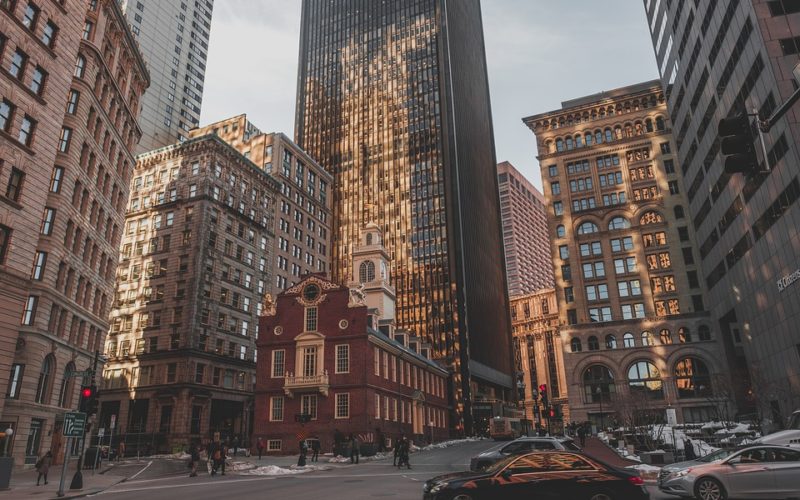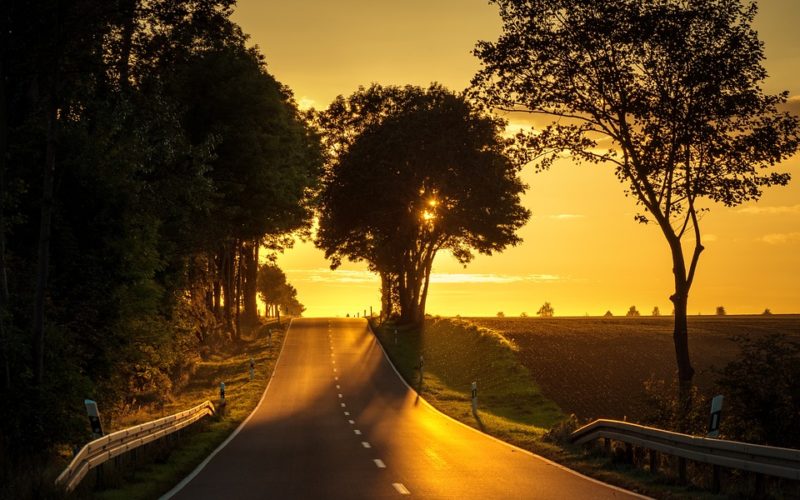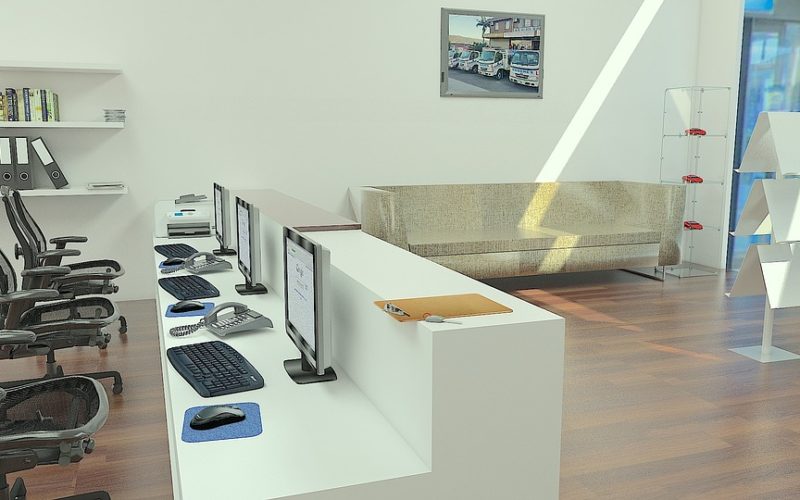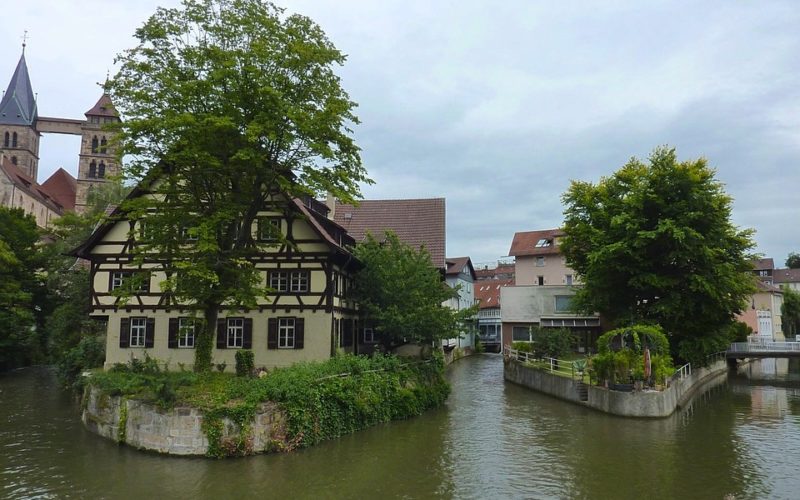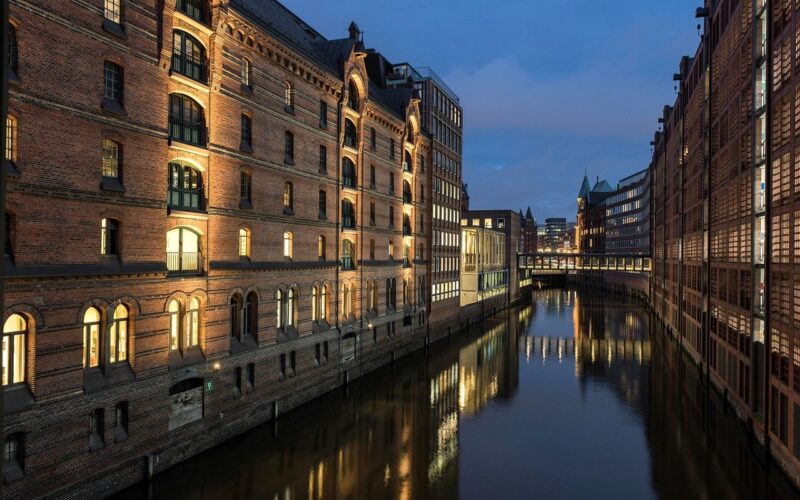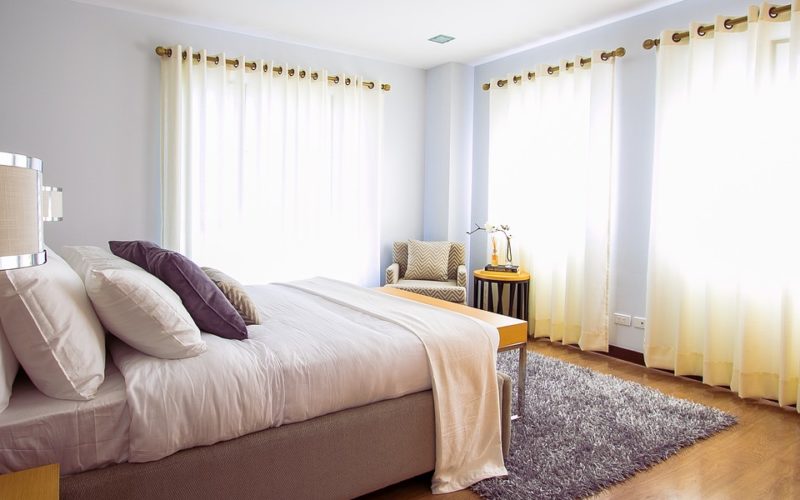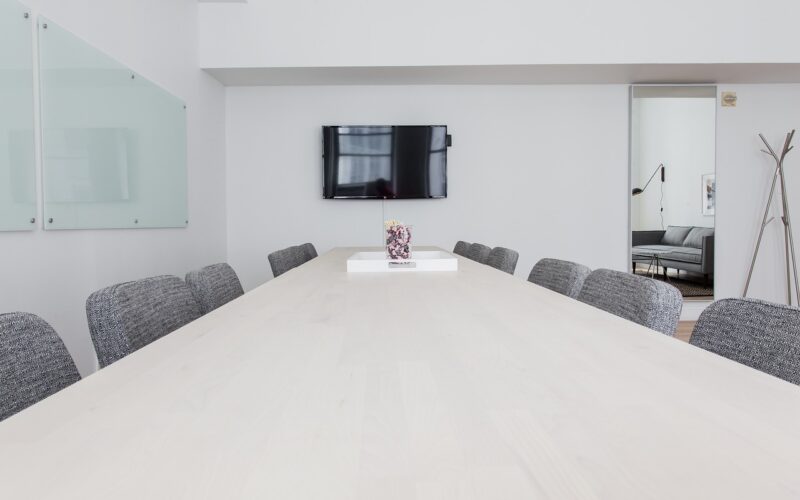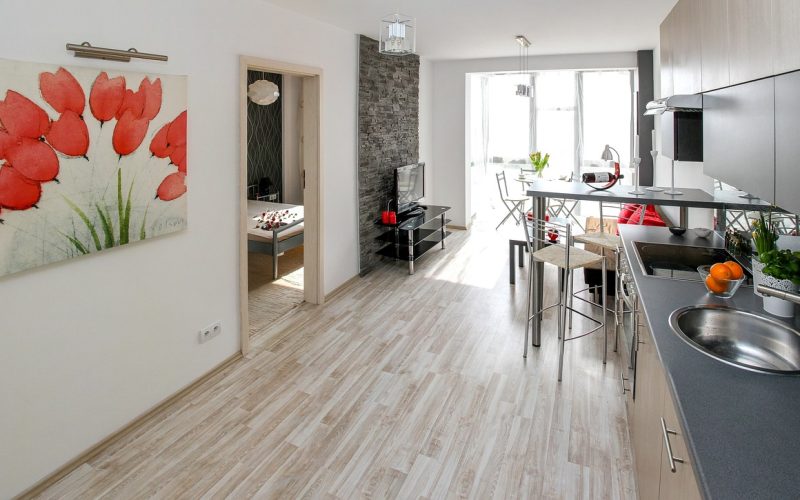Recreating the Urban Landscape
While many of the oldest cities hold a great deal of charm for tourists, they often provide local city planners with massive headaches. Roads originally built before motorized vehicles were invented are too small for modern traffic, and many of the buildings have continuing maintenance issues. There are times when entire neighbourhoods are condemned, and developers begin offering bids to tear down all the structures, remake the roads and build new housing or commercial space.
Creating New Roads
Moving people from their homes to work, shopping and leisure activities has been a source of contention for many urban areas, and building larger roads is often the best solution. Routing traffic to split it off at many different points has become a way to channel it through cities, so creating new roads is a stable way for construction companies to make a living. They often have to tear out the old roads completely, and they must begin with large aggregates at the bottom, add a good layer of silica sand, and only then can they complete the final steps of laying down pavement and markings for the new road.
Homes and Commercial Buildings
Older areas of many urban settings were built long before anyone conceived of the notion that the underlying ground would affect how safe a building would be in the years to come. Modern construction companies often hire experts to find out what the subsurface of an area is before they begin planning a project. They know that they must have good foundations, and they often lay down aggregates before pouring foundations. These are readily available through companies like Minerals Marketing that specialize in construction materials like recycled glass. Once the ground is prepared, the foundations can be laid. Depending upon the type of buildings needed, each green space in the area will also double as a way to filter water into the ground safely to spare the city that expense.
Building for the Future
Urban planning was not something done when most cities were originally formed, but it is now a staple in almost every area of the world. In ancient times, people build a home and a business, and their children did the same on a nearby plot of land. Lack of fast transportation made it important to be as close as possible, and few people had enough building knowledge to build up rather than out. Modern buildings take into account the fact that they will need to house many people for work or home for many years in the future, so they are planned with maintenance as well as durability in mind.
Recreating an urban area is a massive undertaking, but the city is often better off once the project is completed. While there will be families and businesses that will need to relocate, those who suffer from rush hour gridlock will find there are better options to smooth their commute. Some of the buildings will not have all the charm of those that stood before, but they will be built to take the neighbourhood into the next century and possibly far beyond.
